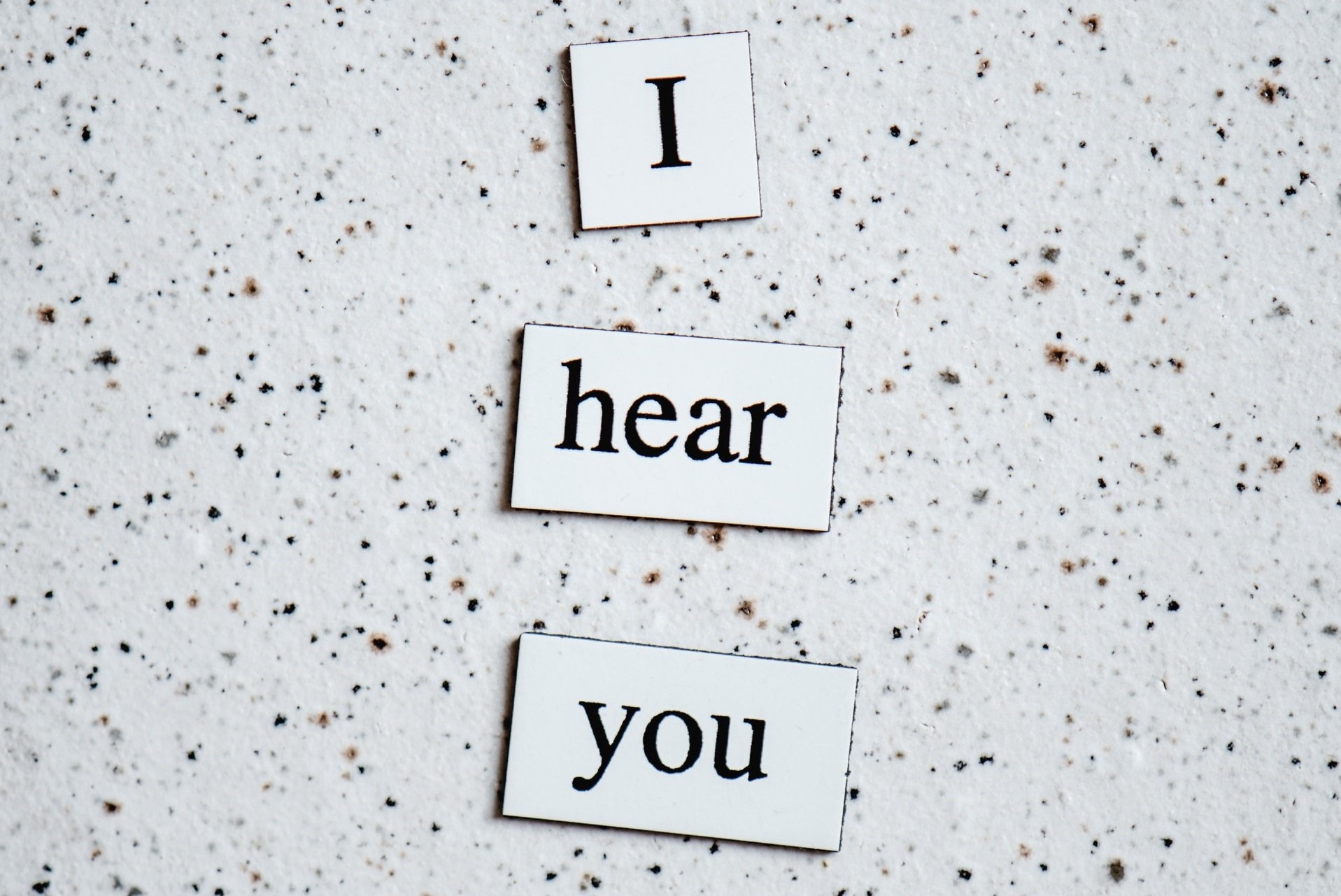
The vast majority of tinnitus is caused by non-auditory internal sound – that’s to say, there isn’t a ‘noise’ coming from anywhere in particular, but you can still hear it.
This ‘invisibility’ is what makes chronic or persistent tinnitus really frustrating for those grappling with it. Add to the pile the commonly held view that tinnitus is incurable, and it’s no wonder so many people lose hope of ever finding respite from their symptoms.
On the contrary, however, there are multiple treatment options available. For instance, there’s mounting evidence that hearing aids alleviate tinnitus’ effects on most sufferers’ hearing and levels of psychological stress.
Contents
What is Tinnitus Sound Therapy?
Still, many people with tinnitus don’t actually have any hearing loss or are simply searching for another solution. That’s where sound therapy comes in.
This treatment comes in four different types, each of which works in a different way and for different reasons. This article will provide you with an overview of the four kinds of sound therapy for tinnitus.
What is the Best Tinnitus Sound Therapy?
We often want a quick fix when it comes to our medical problems. This is understandable, especially with a condition as frustrating as tinnitus, but can often lead to a dead end.
If you’re considering starting sound therapy, it helps to consult with a trained audiologist first. They can examine you thoroughly from the outset to check your tinnitus isn’t being caused by something more harmful and can give expert advice tailored to your medical needs.
Essentially, the answer to the above question is difficult to give and depends on each person’s unique needs and symptoms.
Treating tinnitus is often a matter of sticking to what works for you. For now, check out the various kinds of sound therapy on offer, and click through to the useful links at the bottom of the article if you want to read more detailed information.
-
Masking
What Is It?
Masking therapy is a sound therapy that aims to mask tinnitus using artificial or natural sounds. Sound is usually produced by a sound generator, whether mounted near the ear or placed somewhere in the immediate environment.
Many tinnitus sufferers already use a rough-and-ready masking therapy without really thinking about it. This can be as simple as opening a window to let in the sound of distant traffic.
How Does It Work?
When somebody with tinnitus is in a quiet room, their tinnitus can come to the fore as a constant source of discomfort. Masking raises the ambient level of noise to a level that reduces the apparent loudness of tinnitus with a sound that’s designed to be soothing and pleasant.
When it comes to choosing a sound it’s simply another case where whatever works, works. Some children (particularly those with tinnitus or hypersensitivity caused by hereditary disability) prefer simple white noise generators, but many people use CDs or digital recordings of classical music, birdsong, or ocean waves.
Sound generators can come with helpful timer settings, switching them off once you’ve drifted off to sleep, and some can even be built into your pillow to avoid disturbing a partner. At the more serious end, maskers can be tuned to produce sound at the precise frequency and loudness of your tinnitus, and can even be built into hearing aids to produce a constant or on-demand masking effect.
-
Distraction
What Is It?
Distraction sound therapy for tinnitus operates in much the same way as masking, by providing an outside sound that reduces the experience of ringing or chirping in your ears. In fact, the lines between the two are quite blurred — most masking includes an element of distraction and vice versa.
How Does It Work?
However, rather than just raising the level of noise to a masking level, distraction provides you with something to draw your attention away from tinnitus, allowing you to relax or fall asleep peacefully. Distracting sounds tend to be more interesting than that used in masking, whether that’s music, specially-designed patterned frequencies, or even a podcast.
Again, distracting sound generators come in many forms. Sometimes, distraction therapies can even gently habituate your brain into no longer perceiving your tinnitus so loudly in the long term — an immense relief to many sufferers. More on this below.
-
Habituation
What Is It?
Although your tinnitus may still be present in the future, most people do report an improvement in their symptoms over time. The aim of habituation sound therapy is to accelerate this process by training you to tune it out, using a mixture of treatments, and sometimes employing medical-grade equipment.
How Does It Work?
When a person has lived in a house with a buzzing refrigerator, a ticking clock, or loud pipes for a long time, they can begin to passively tune out the sounds they make. Sometimes when we visit their homes we tend to notice the distractions in a way they can’t quite understand.
The current thinking on habituation sound therapy works on similar principles, by using sound treatment in combination with some directive counseling. In terms of its emotional impact, tinnitus can be like a finger trap — the harder you try to ignore it, the more you think about it and the more your brain registers it as an unwelcome, negative stimulus.
Habituation therapy provides sound-based assistance to ignore tinnitus while using basic mental exercises to help sufferers to experience their symptoms more neutrally. Recent studies have yielded promising long-term results, though more research is needed.
-
Neuromodulation
What Is It?
Similar to habituation, and working along similar principles, is neuromodulation-based sound therapy. In fact, as with masking and distraction, both sound treatments often draw on each other.
How Does It Work?
Neuromodulation therapy uses the principle of neuroplasticity — the capacity of the human brain to change with the environment by forging new connections and deactivating older, less useful ones. It tries to train the brain’s auditory processing centers to tune out your tinnitus at the source.
Particularly interesting are the specially-designed types of sound therapy used. ‘Notched’ music
treatment can take a patient’s favorite pieces of music and digitally process them to remove
frequencies at and around the pitch of the patient’s tinnitus. The jury’s still out, but early studies have again shown positive results in the long term.
How Effective is Tinnitus Sound Therapy?
Here’s the tricky part — first off, tinnitus is complicated. Tinnitus reporting is subjective and difficult to measure. Many studies have significant dropout rates and a literature review of available studies didn’t draw any firm conclusions either way.
In the U.S., sound maskers have received FDA Class II approval, audiologists widely recommend them, and the VA even uses sound therapy as part of its tinnitus self-management program. The British Tinnitus Association, a charity for UK sufferers, calls sound therapy “a useful tool”, and “one of the easiest practical things you can do for yourself if you don’t need professional help or are unable to access it.”
How Can You Start Getting Tinnitus Sound Therapy?
There are a variety of ways to begin receiving sound therapy for your tinnitus. The principal
recommended pathway, as ever, is to pay a visit to a registered audiologist or speak to your physician. They can give you a thorough medical examination and guide you towards a potential course of treatment.
One of the most appealing aspects of masking and distraction tinnitus sound therapy are their low cost and complexity relative to other methods. For those looking to get started and explore their own treatment preferences, there are several free smartphone apps available, as well as reasonably priced white noise and other masking machines.
To read more about the condition, see our other tinnitus blog articles.
The information in this guide has been written using the following reliable sources:
https://www.tinnitus.org.uk/sound-therapy
https://www.ata.org/managing-your-tinnitus/treatment-options/sound-therapies
https://www.tinnitus.org.uk/tinnitus-and-sound-therapy#_ftn1
https://www.soundrelief.com/sound-therapy-for-tinnitus/
https://www.sciencedirect.com/science/article/pii/S0079612307660403?via%3Dihub
https://www.ncbi.nlm.nih.gov/pmc/articles/PMC5562945/
https://www.ncbi.nlm.nih.gov/pmc/articles/PMC2918775/








